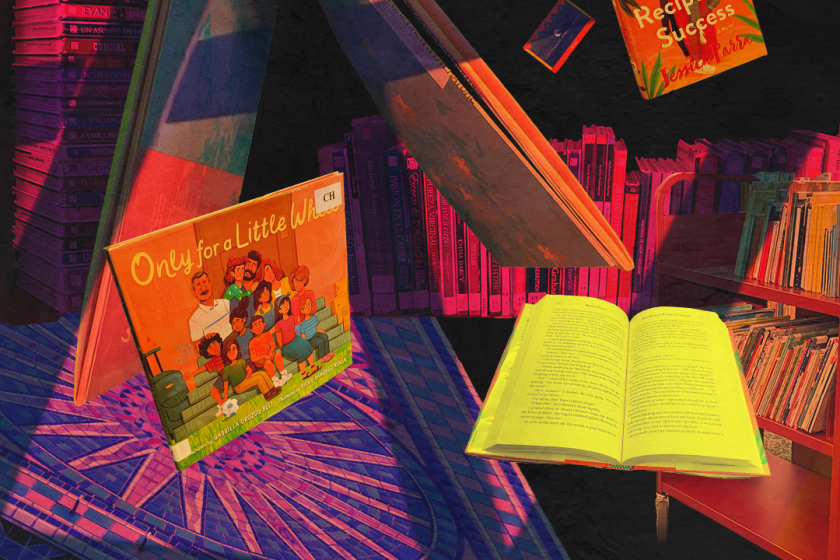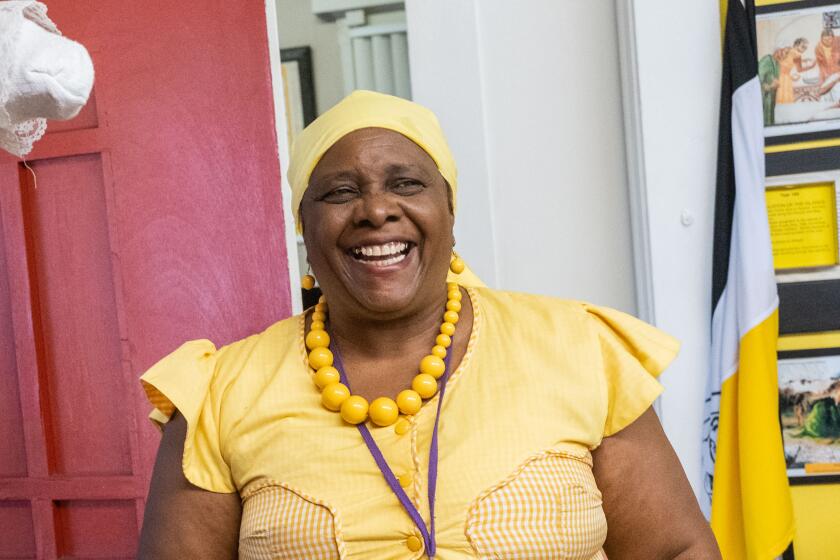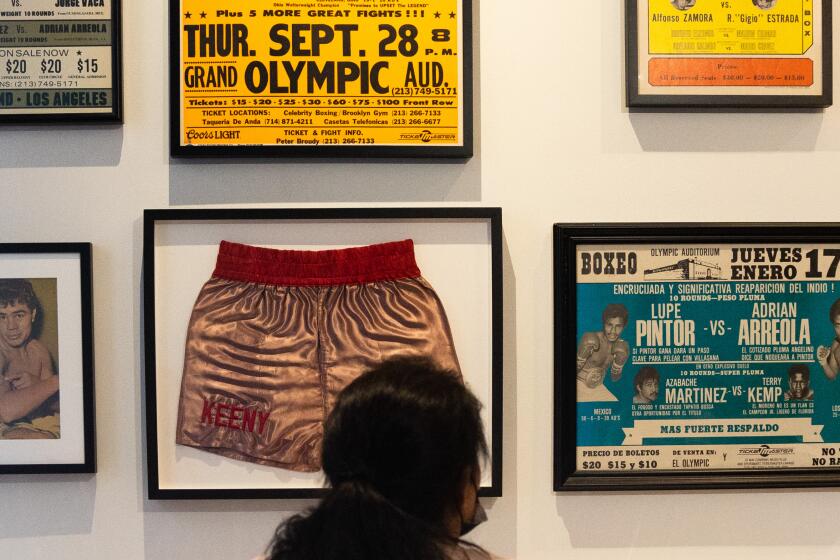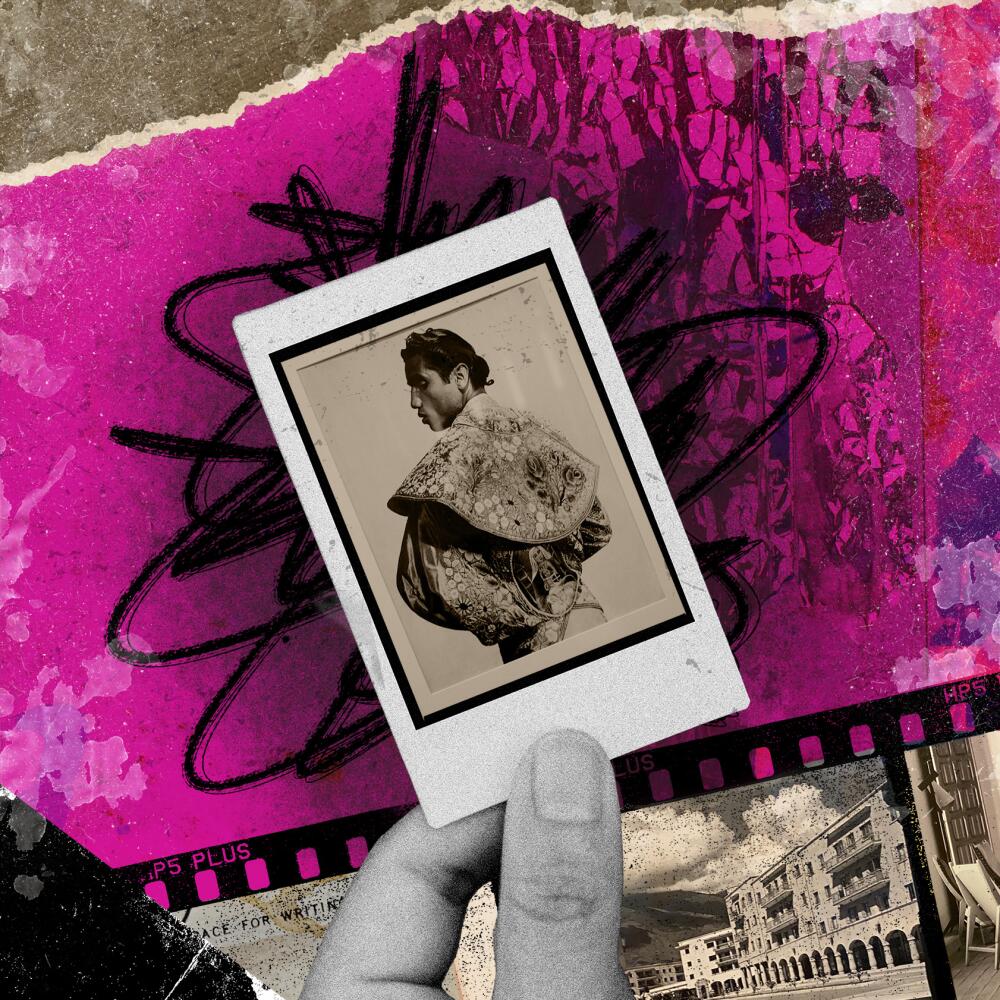
- Share via
The Getty Research Institute has curated a noteworthy exhibition exploring Venezuela’s many cultural dimensions through the lenses of a champion of its art. “Alfredo Boulton: Looking at Venezuela, 1928–1978” is a retrospective that takes visitors on a journey of identity, culture and transformation.
Curated using the expansive collection from Alfredo Boulton’s archive, which was acquired by the Getty Research Institute in 2020, the show offers a panoramic view of Boulton’s dynamic legacy.
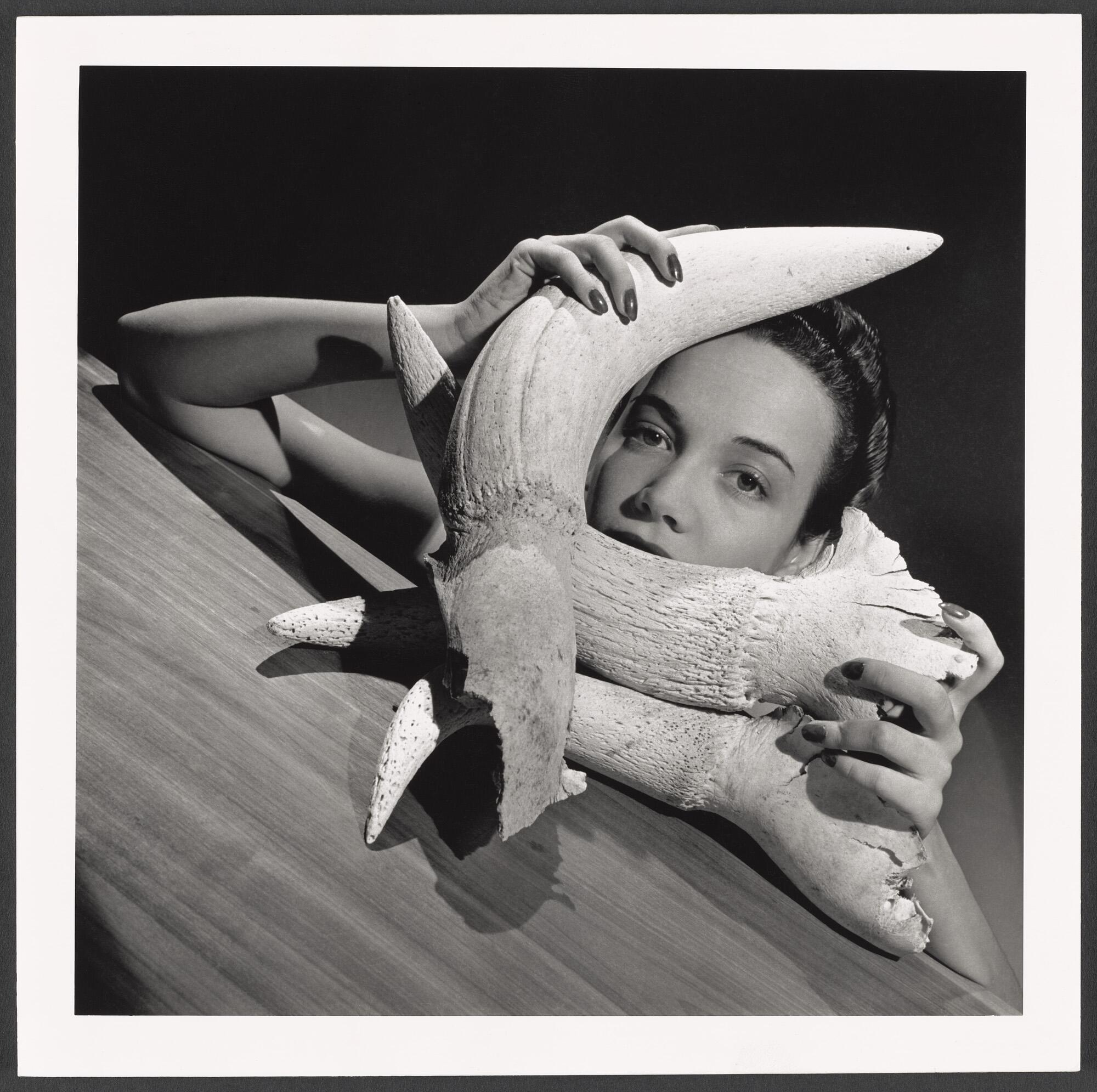
“I knew that this was a really important archive for us because, at the GRI, we didn’t really have a collection about Venezuelan art. It was clear to me that with this acquisition, we were going to cover basically the whole production of art in Venezuela because Boulton covered from pre-Hispanic art to the ‘50s and the ‘60s,” said Idurre Alonso, curator of Latin American art at the Getty Research Institute and the person behind the exhibit.
Latino authors across Los Angeles are taking advantage of the resources offered by local libraries to jump-start their careers.
Born in Caracas in 1908, Alfredo Boulton swiftly emerged as one of the most instrumental figures in Venezuela’s contemporary art. Across his prolific career spanning more than five decades, Boulton chronicled the evolution of his nation and was a key figure in shaping the art scene in his country.
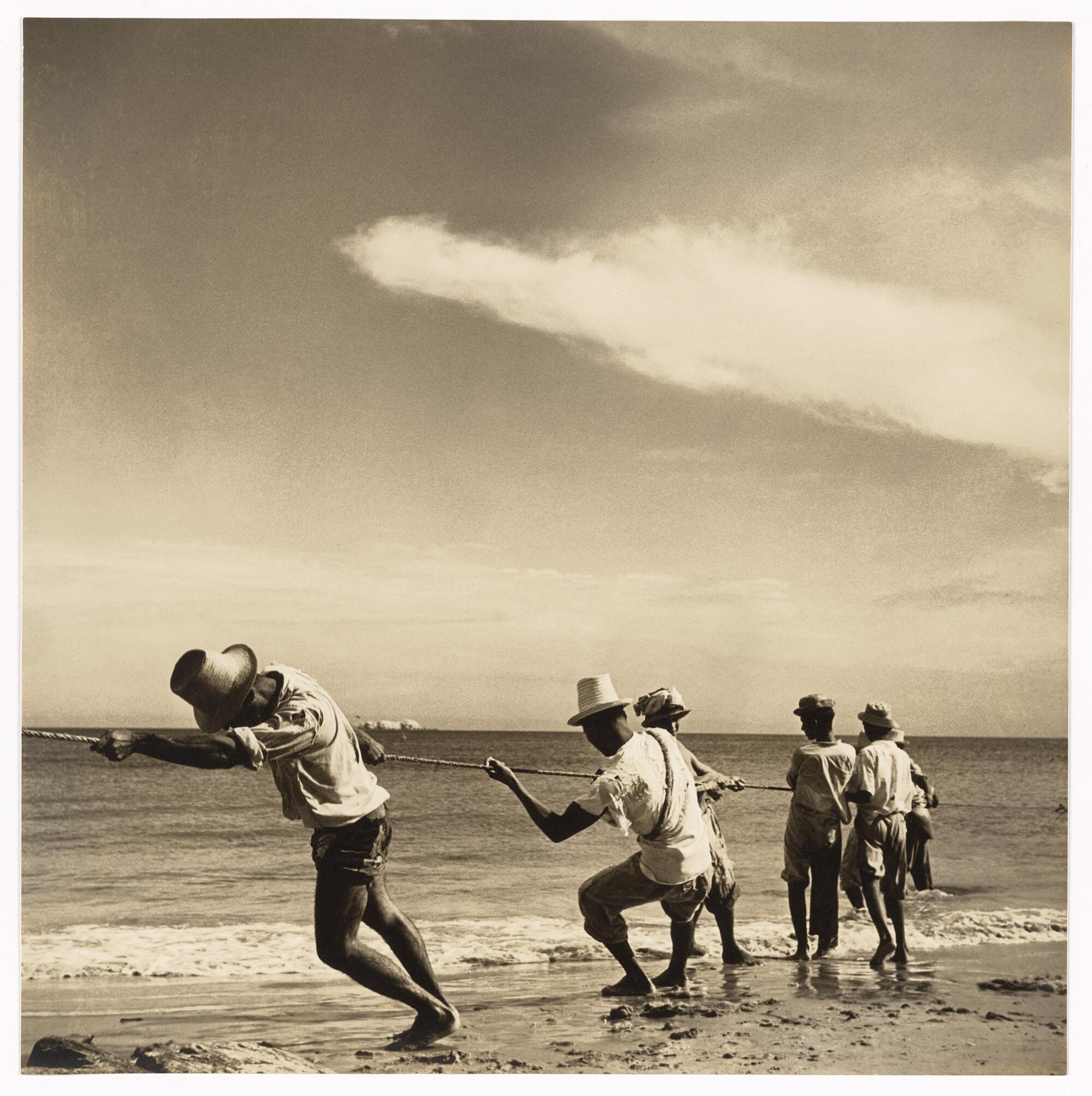
“I thought that we had to show all these different facets about him,” Alonso said, “Looking at Boulton as a photographer, as the person that was in contact with the modern artists of the period. And then, as an art historian. For me, those three are the most important aspects about him. And so those became then the three different sections in the exhibition.”
Upon entering the show, the audience is greeted with a wall-sized reproduction of the photograph “Faenas del mar,” powerfully showcasing the daily life of the fishermen on the Venezuelan island of Margarita.
The exhibition is a tapestry of more than 120 pieces, showcasing photographs, sculptures and 16 mm films alongside other objects. Boulton’s keen eye for the aesthetic and his passion for Venezuela are evident in every piece.
The show is a visual story of a nation experiencing deep transformations and modernization and demonstrates Boulton’s commitment to documenting this change.
“Because I know how important this archive is for the history of Venezuela, it was very important that we would create a substantial project with it,” Alonso said. “It wouldn’t be an archive that we take out from Venezuela, and then we put it in our storage and basically forget about it. The idea was then to generate an exhibition and a publication.”
Latinidad is an ever-expanding concept, but it has not often made space for the Garifuna people who come from various regions of Central America.
The publication is a book that includes 11 essays written by scholars and curators who share a refreshing view of the different aspects of Boulton’s multifaceted work.
José Antonio Navarrete, a Cuban-born curator and researcher of visual arts from Miami, is part of the group. He highlights Boulton’s capacity for permanent reinvention as an author, artist and intellectual who creates a body of work that is closely related to his community and his country. “It encourages us all to look into ourselves, our lives and our own communities,” Navarrete said.
Visitors will have the opportunity to enjoy the sculpture “Guaiquerí (Desnudo con hoja de cambur),” a piece by Venezuelan artist Francisco Narváez. It was part of Boulton’s private collection and was a wedding gift from the artist.
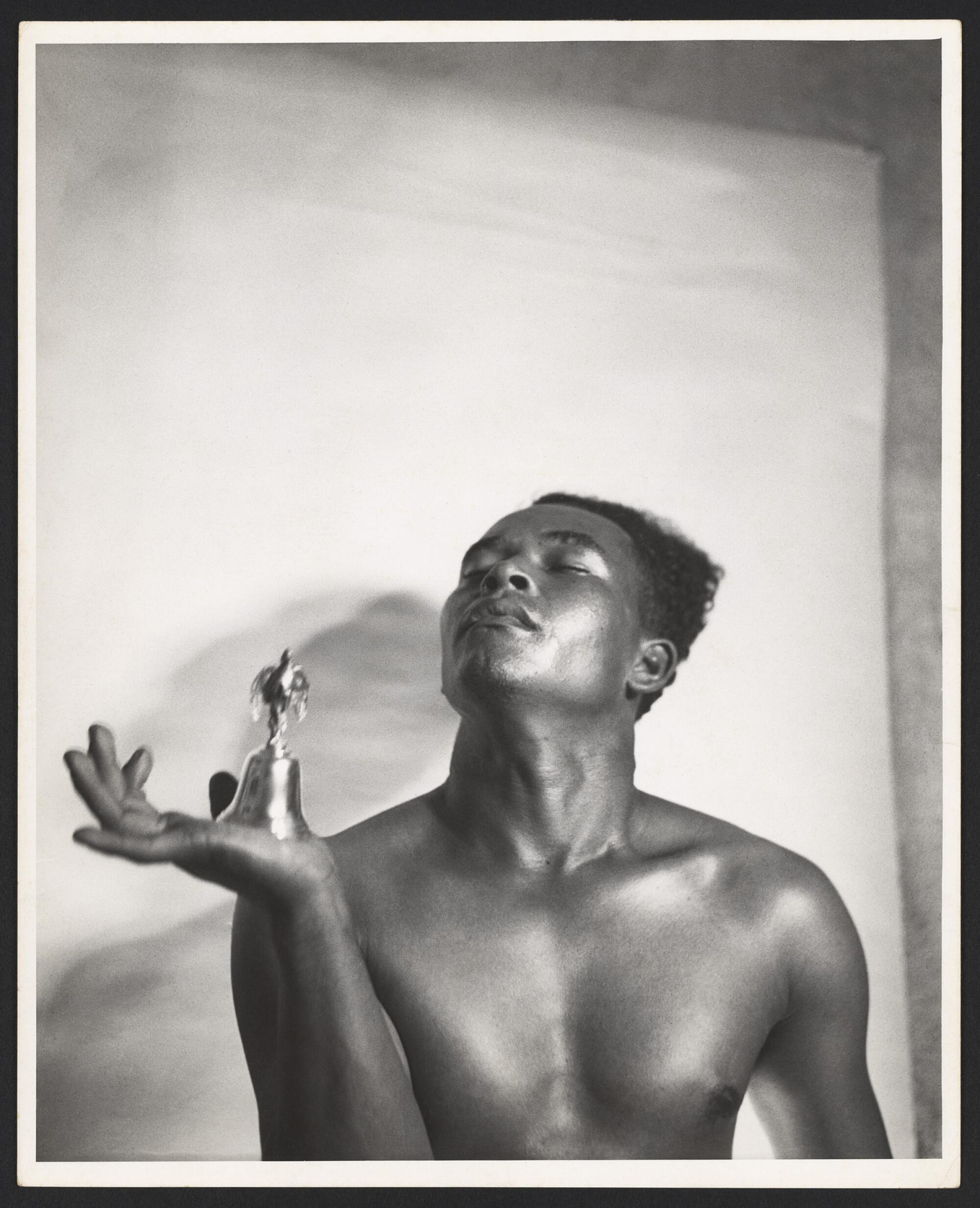
“What Narváez is going to do is that he absorbed the languages of the avant-garde in Europe, and then applies that to subjects that are typically Venezuelan, like that sculpture is a Guaiquerí woman, so an Indigenous woman from Venezuela,” explained Alonso, “Boulton is basically going to do something very similar with his photographs.”
In the contiguous section, there is a collection of images that document different Venezuelan regions, starting in the Andes. These poignant images depict its unique landscape. The piece “Gallinero de Chachopo” shows aerial chicken coops with stairs for the birds built out of tree branches. “They look like sculptures,” said Julie Luna, an Episcopal priest visiting Los Angeles from Minnesota. “The whole exhibit also gave me a sense of the diversity of Venezuela.”
For decades, the Olympic Auditorium was a hub for sports and entertainment in Southern California. A new interactive exhibit aims to preserve its history.
In 1951, Boulton organized an expedition in which renowned archaeologist José María Cruxent set out to find the headwaters of the Orinoco River in the Amazon region. Boulton asked Cruxent to film the voyage. One of those films, “Orinoco, Parguaza” is on display in the last section of the exhibition. It showcases the making of casabe, a Venezuelan food that remains a staple in the country to this day and is part of the Piaroas traditions — an Indigenous group that lives around the Parguaza River.
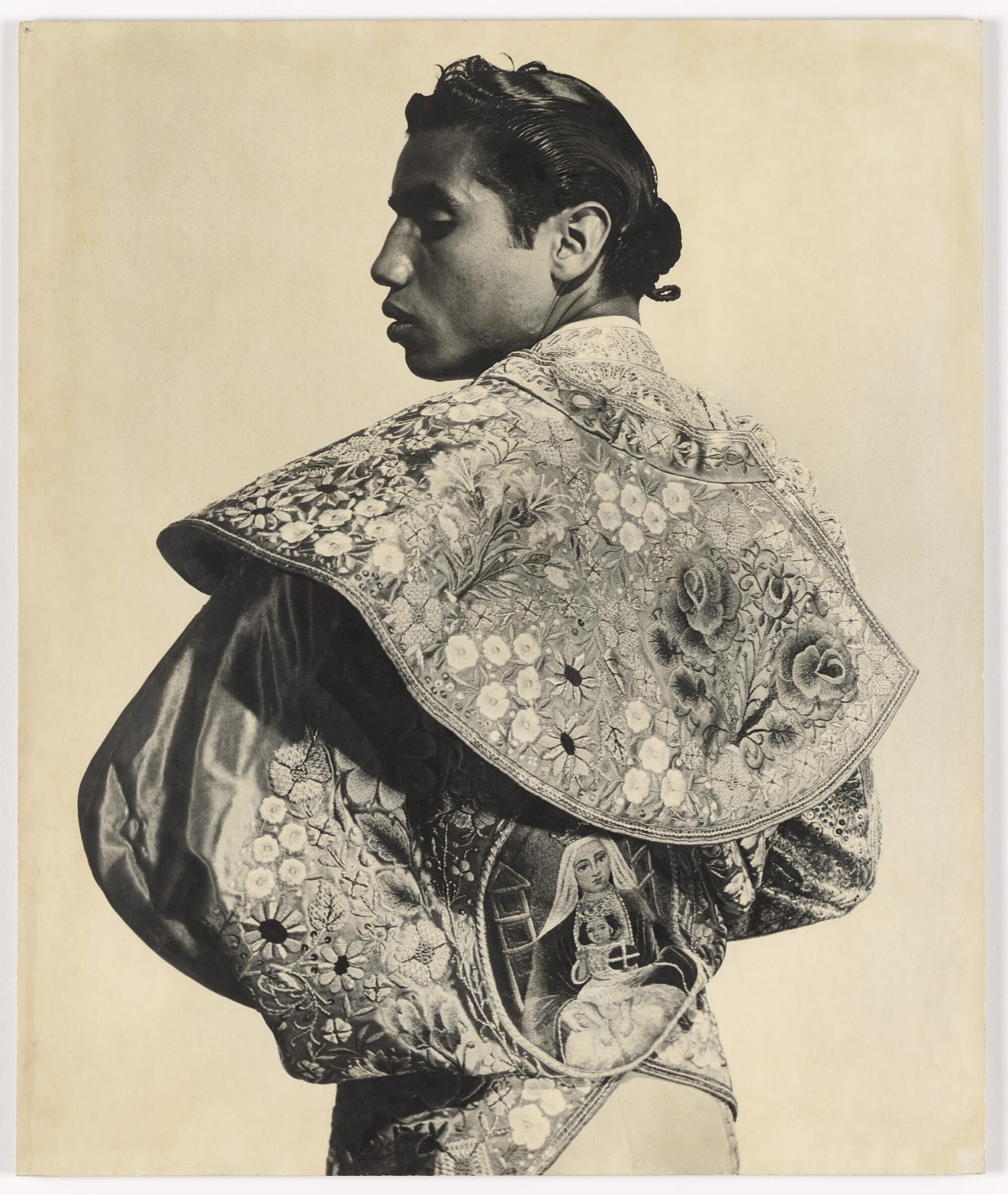
An art exhibition is “a stimulator of meaning, a creator of connections with what is exhibited,” Navarrete said. Through Boulton’s lens, visitors won’t merely see Venezuela but will feel it. Running until Jan. 7, 2024, it’s a must-see for anyone who wants to experience Latin American art and identity.
Roxsy Lin is a bilingual journalist and illustrator originally from Venezuela. Her work focuses on covering the pulse of the modern rhythms of Latinidad, arts and culture. @roxsy_lin
More to Read
The Latinx experience chronicled
Get the Latinx Files newsletter for stories that capture the multitudes within our communities.
You may occasionally receive promotional content from the Los Angeles Times.
